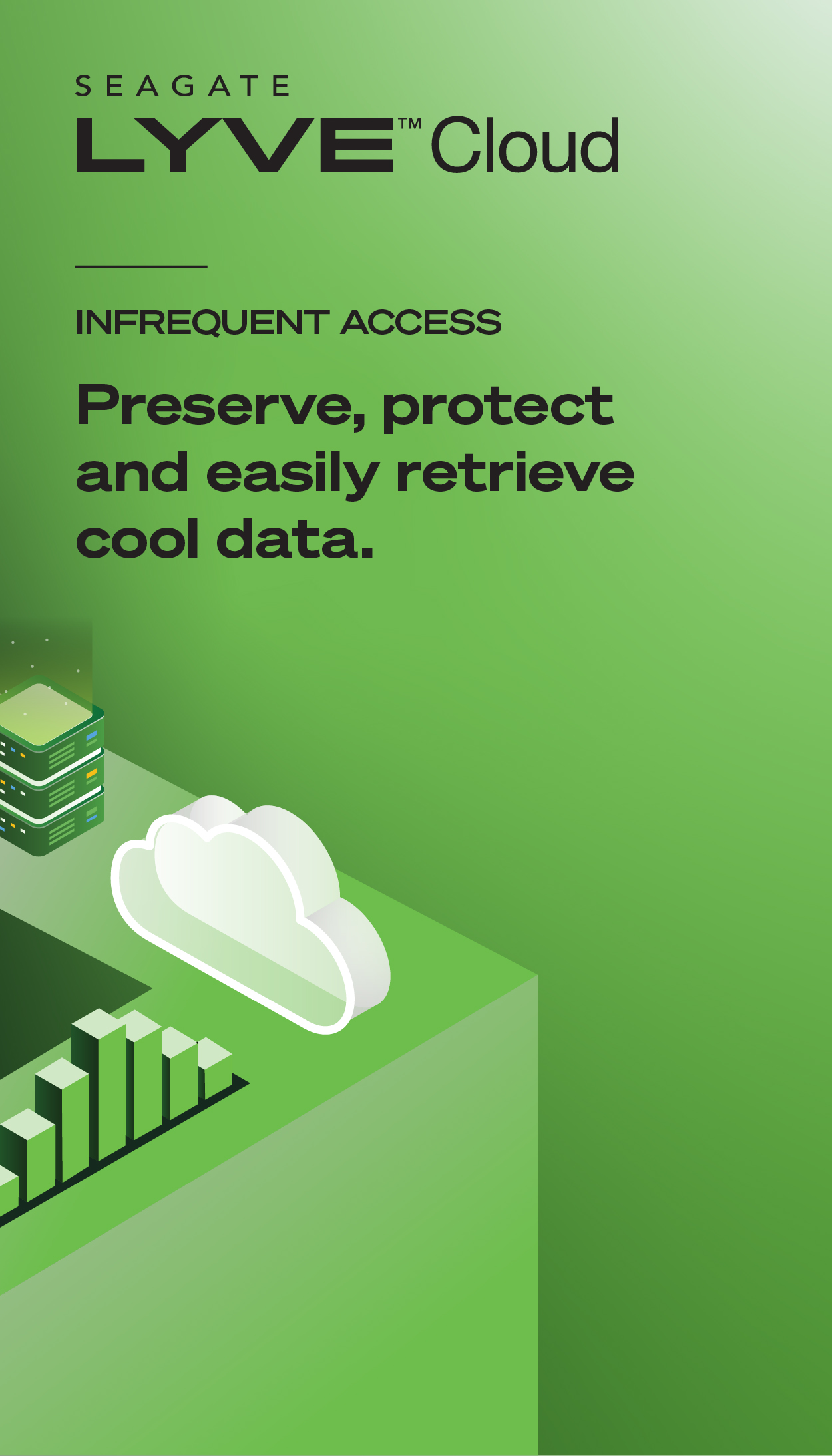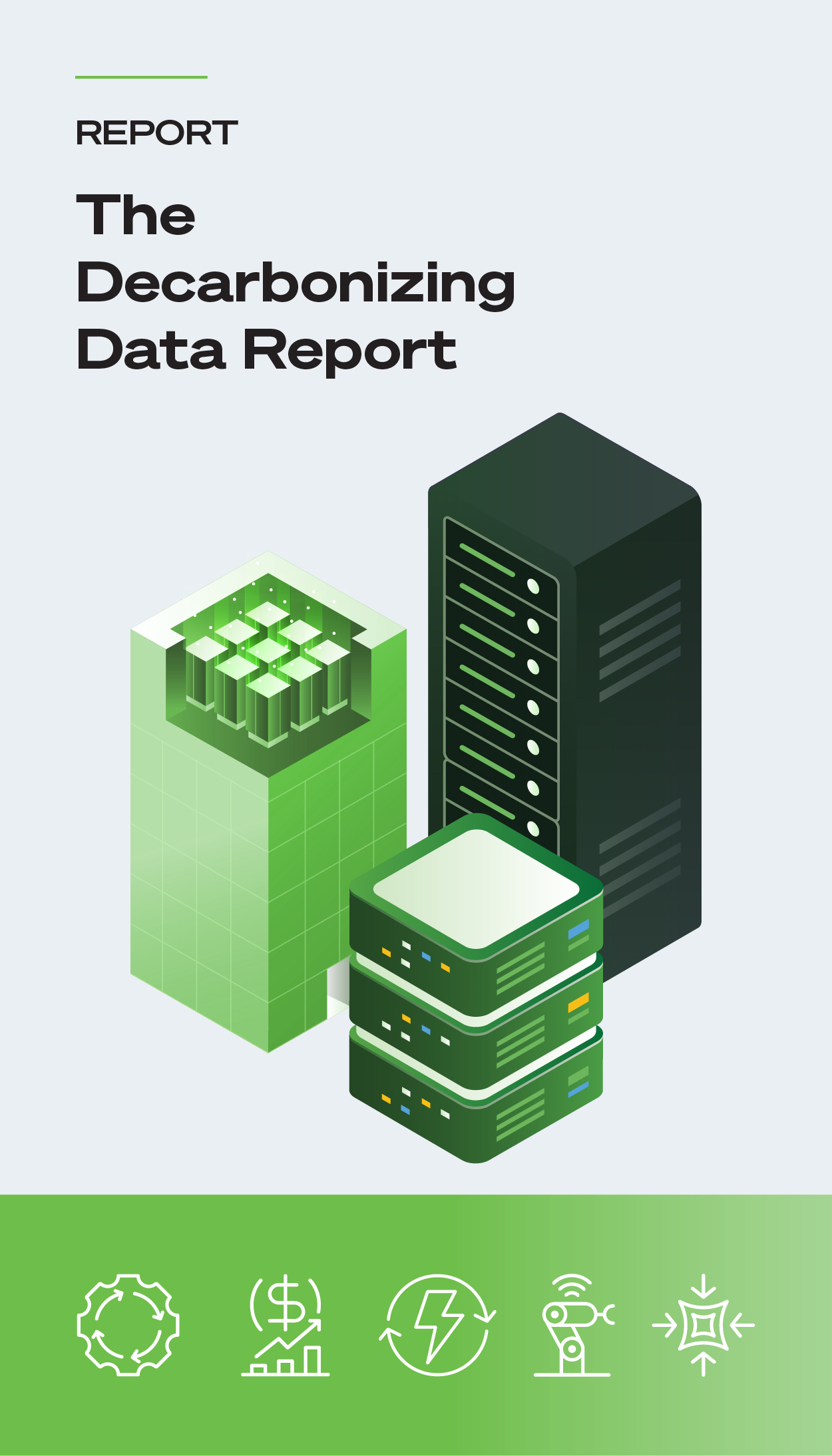Many factors can affect the performance of an external drive including the connection, the cable, and the type of device. This article provides information on some of those factors.
Enabling write caching in Windows
If you are using your external drive in Windows, the performance can be improved by enabling write caching. For instruction visit How to improve performance of an external drive in Windows.
Speed drops during a transfer
When transferring data to your external drive you may experience higher transfer rates, also known as burst rate, at the beginning and then at a certain point you may notice the transfer speed slowing down. This happens because the data is written to the destination drive’s cache memory first, so once the cache is full the performance slows down. File type or file size may impact data transfer speeds as well. For example, if during a transfer you experience a decrease in speed, it could be that small files are being transferred and that larger ones were being transferred before.
Interface
| Interface | (Gigabits per second) Transfer Rates (MegaBytes per second) |
||
Thunderbolt 5 |
Up to 80Gb/s | or | Up to 10,000MB/s |
Thunderbolt 4 |
Up to 40Gb/s | or | Up to 5,000MB/s |
Thunderbolt 3 |
Up to 40Gb/s |
or |
Up to 5,000MB/s |
Thunderbolt 2 |
Up to 20Gb/s |
or |
Up to 2,500MB/s |
Thunderbolt 1 |
Up to 10Gb/s |
or |
Up to 1,250MB/s |
USB4 |
Up to 40Gb/s* | or | Up to 5,000MB/s |
USB 3.2 Gen 2x2 |
Up to 20Gb/s* |
or |
Up to 2,500MB/s |
USB 3.1 Gen 2 |
Up to 10Gb/s |
or |
Up to 1,250MB/s |
USB 3.1 Gen 1 |
Up to 5Gb/s |
or |
Up to 625MB/s |
SuperSpeed USB 3.0 |
Up to 5Gb/s |
or |
Up to 625MB/s |
Hi-Speed USB 2.0 |
Up to 480Mb/s |
or |
Up to 60MB/s |
*Notes:
- USB 3.2 Gen 2x2: two lanes at 10Gb/s.
- Both the computer and device must support 40GB/s speed
Connectivity
Cable
It’s recommended to use the original cable that came with your external drive as many third-party cables may use different protocols or can be poorly made which can affect performance or even damage your drive or your computer.
- Passive cables are usually longer, less expensive and can reach up to 20Gb/s
- Active cables are faster, can reach up to 40Gb/s, are more expensive and are available in different sizes.
Resources
File System
You can optimize performance by formatting your storage device using the computer’s native file system. If you intend to use your storage device only on Mac, it’s best to format Mac OS Extended (Journaled) also known as HFS+ or APFS. For Windows, it would be best to format NTFS. If you need to use your device on both Mac and PC then it’s best to format exFAT, but you may not get the best transfer rate as it's not the optimized file system for either operating system. For additional information on how to format your storage device visit How to format your hard drive.
Source and Destination
If the data transfer comes from a source drive that is slower than your external drive, the transfer rate is affected since it is limited by the slower drive. Also, if the storage space is nearly full, this can result in slower performance too.
HDDs and SSDs
HDD
SSD
| NAND flash type | Pros |
Cons |
SLC Single Level Cell single bit of data per cell
Enterprise grade solution |
Faster performance Most accurate data read and write. Low density (1 bit per cell) Low power consumption Lifespan High - cycles ~90,000 - 100,000 |
Most expensive
|
eMLC Enterprise Multi Level Cell multi bits of data per cell
Enterprise grade solution |
Performance - faster than MLC Cost less than SLC Last longer then MLC - cycles ~20,000 - 30,000 Optimized for enterprise |
Performance - slower than SLC High density (2bits per cell) |
MLC Multi-Level Cell multi bits of data per cell
Consumer /Gaming grade solution |
Less expensive than SLC More reliable than TLC flash |
Performance - slower than SLC Less accurate data read and write High density (2bits per cell) Higher power consumption Lifespan Low - cycles ~10,000 |
TLC Triple Level Cell three bits of data per cell
Consumer grade solution |
Low cost |
Performance - slower than MLC High density (3bits per cell) Lifespan Low - cycles ~3,000 -5,000
|
QLC Quad Level Cell four bits of data per cell
Consumer grade solution |
Low cost
|
Performance – slower than any other High density (4bits per cell) Lifespan Low – cycles ~1000 |
Most recent versions of HDDs use a SATA connection, but for SSDs different technologies are available, see below:
SATA III – also known as SATA 6Gb/s is the third generation SATA interface runs at 6Gb/s and throughput of 600MB/s.
PCIe (peripheral component interconnect express) - this interface is commonly used to connect components directly to a computer's motherboard such as video cards, RAID cards, etc. But recently SSDs became available using this interface. PCIe has many versions but currently, SSDs are being manufactured using PCIe gen 3 supporting a bandwidth of up to 4GB/s and gen 4 supporting 64GB/s in bidirectional mode.
M.2 - also known as NGFF (Next Generation Form Factor) offers versatility and flexibility as it supports SATA III and PCIe connections and is made in different sizes. The most common is M.2 2280 measuring 80 x 22 mm.
NVMe - NVMe (Non-Volatile Memory Express) is a protocol specifically designed for SSDs that allows communication between the controller and the storage components, optimizing performance. This technology is available in different form factors: U.2 which exclusively uses NVMe, PCIe, and M.2. NVMe was designed to explore the potential beyond what was achieved by AHCI (Advanced Host Controller Interface) used with SATA. NVMe increases the ability to receive read and write commands simultaneously, promoting lower latency, energy-saving, and most importantly, improving performance.
RAID
| Standard RAID | ||||||
RAID
|
Min. # disks
|
Data Protections
|
Fault Tolerance
|
Performace
Read/Write |
Capacity Utilization
|
|
RAID 0 |
2 |
No |
0 disk |
High |
High |
100% |
RAID 1 |
2 |
Yes |
1 disk |
High |
Medium |
50% |
RAID 5 |
3 |
Yes |
1 disk |
High |
Low |
67% - 94% |
RAID 6 |
4 |
Yes |
2 disks |
High |
Low |
50% - 88% |
| Nested RAID | ||||||
RAID 10 |
4 |
Yes |
1 disk per nest |
High |
Medium |
50% |










